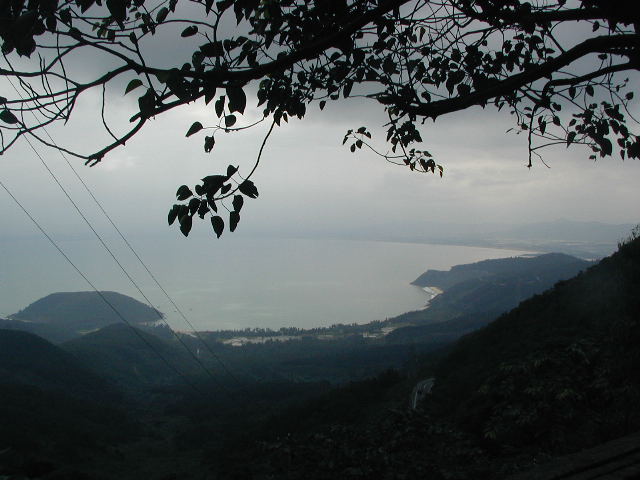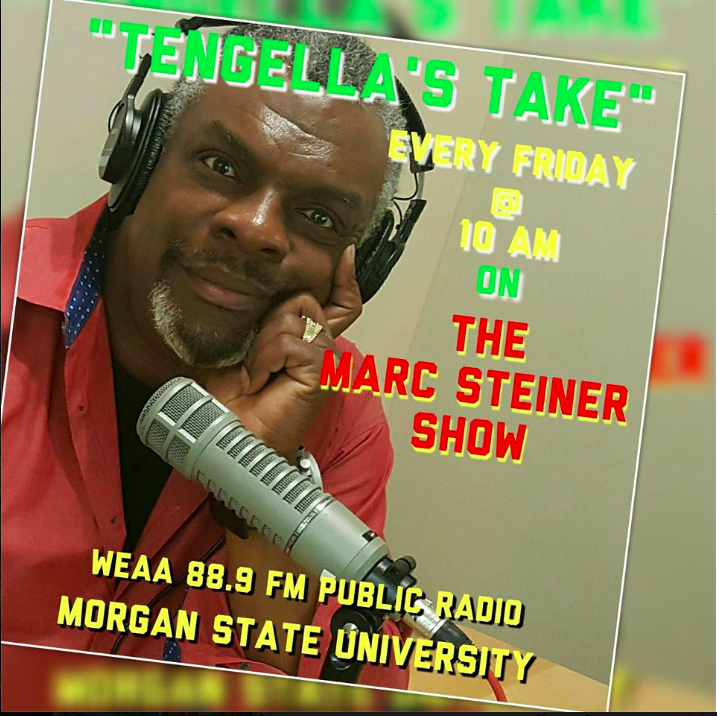Hello everyone,
Jessica here, happy to be back in the good old USA. Nothing like two weeks out of the country to make you appreciate home again. Even if you have a wonderful time, as I did during the past two weeks in Vietnam, it is good to come home again.
But enough of that; I have so much more to tell you about my trip.
Click "Read More" below for more stories and pictures.
When I last left off, the Americans were waiting in Pleiku while the family of Hoang Ngoc Dam was attempting to get permission to exhume remains they believed to be his….
Day 4
We left our hotel in Pleiku at 7:30. We anticipated a three and a half hour drive to the grave site, but an hour into the trip we realized it would only be two hours, which made us very happy since we had to turn around and drive another five hours to get back to the train station. However, our joy was short lived because we got a call from the family. The military police were suspicious of us, they said, and would not permit us to come to the graveyard unless we had permission from the provincial authorities. We would have to turn around and drive an hour back to Pleiku, attempt to secure permission which would take who knows how long, and then drive the two hours back. We recognized that by that time they would be done exhuming the body anyway. It would be better for us to return to Pleiku and wait, which we did.
On the way we stopped at what was once the gatehouse to Camp Enari. This is where Homer was first taken when he arrived in Vietnam. It was quite an experience for him to stand and look in the street where you can still see the remains of the gatehouse that guarded the base.
A few hours later, the Hoang family met us in Pleiku. They were elated that they now were in possession of what they believe to be their brother Dam’s remains. Why do I phrase it like that? It was a fortuneteller who told the Hoang family which grave in the graveyard held the remains of their brother. This is a grave site that holds the unidentified body of many Vietnamese soldiers killed during the war. There was no documentation that could offer any assistance in determining where Dam’s body was located; remember, his identifying documents were removed from his body by Homer. DNA testing was a possibility for the family, but they did not feel that this was necessary. The word of the fortuneteller was enough proof for the military police who run the grave site, and the Hoang family was permitted to recover the remains.
There is a lot of sensitivity in Vietnam about bodily remains, so the Hoang family had to camouflage the bones by hiding them in a box that once was the packaging for a shower head.
We left Pleiku and traveled back to Quy Nhon, stopping at the Mang Yang Pass to conduct a small but beautiful ceremony.
The next day, Homer revealed a stunning fact. The place that we chose to pull over at the Mang Yang Pass is, he believes, the exact place where he had been dropped by a helicopter to begin the RIF (reconnaissance in force) mission during which he had killed Hoang Ngoc Dam. A concrete reinforcement that kept the hill from sliding down was still there. He remembered that during the mission, he had seen a single tree that towered above the rest of the canopy on the ridge line. He had chosen that tree as a spot to aim for. That tree was still there. The ridge line and road and valley below all was exactly the same. How could this be? How could this be the same spot where he had begun the mission during which he ended up killing Dam? He was stunned by this, quite unable to believe it, but the evidence was all around him.

Picture by Homer Steedly, showing the tree he remembers from 40 years ago.

Homer with the Hoang family at the ceremony at the Mang Yang Pass
The ceremony complete, we travelled to Quy Nhon, where we caught a train just a few minutes after midnight.
Day 5
We were on the train until around 7:00pm. At around 6 am, we went through the gorgeous Hai Van Pass. The pictures I took of it can’t do it justice, so I did a little google image searching for you. This is one of the most beautiful spots in the country. You are right in between the water and the mountains, with each attempting to outdo the other.
Click the images to go to their original location
When we passed through Vinh, Lt. Col. Tien joined us on board to come with us to Thai Binh. Wayne, Homer and the Hoangs were able to spend a good deal of time together, sharing stories of the past few days and their feelings about what had occurred. We arrived in Nam Dinh at 7:00. We got off the train, with Dam’s remains. Relatives who were waiting outside the train station to meet the Hoang family began wailing as soon as they spotted the remains. The Hoang family put the remains in the car and travelled back to their village to prepare for tomorrow’s funeral. We tired Americans hurried to our hotel to get some sleep.
Day 6
We left Nam Dinh at 5:00 am to travel to Thai Giang for the funeral of Hoang Ngoc Dam. How can I describe the day? It felt like a dream within just a few hours after it had happened. We arrived in the village around 6 am. Dang Cat took us to meet the chairman of the People’s Committee. The courtyard of the People’s Committee house was covered by an enormous tent and hundreds of people were milling about. A military band was playing traditional Vietnamese music as family after family approached the altar set up on the far end of the courtyard. After meeting with the chairman, we were ushered to the front of the tent to witness the dozens of families coming to pay respects to Dam. We must have sat there for an hour and a half watching family after family approach the altar, make offerings to the family, and light incense in Dam’s memory. We watched as several men, who had enlisted the same day as Dam, approached the altar and made their offerings.

The tent in the courtyard at the People’s Committee House

Female relatives of Dam’s sat on the floor near the altar


The oldest brother of the family weeps as he approaches the altar

The family, dressed in black and wearing white headbands signifying mourning
Finally, we Americans approached the altar on our own, and left a gigantic wreath. After a few speeches it was time to make the procession to the cemetery. Homer was asked to help carry the coffin to the cart.

Homer helps carry the coffin to the cart
Then he and Wayne were asked to walk in front of the cart. I was accompanied by a wonderful old woman who kindly shielded me from the hot sun for the entire slow walk with a parasol. She kept me from getting terribly sunburned and was very sweet.

My Savior
There were hundreds of people following the coffin cart to the cemetery. Traffic became backed up, even on this small local road.

Wayne and Homer in front of the cart

The very loud band that played as we traveled to the cemetery – my ears were ringing for hours afterwards

The cemetery in the middle of the rice paddy

Cars and trucks waiting for the funeral procession to pass
We arrived at the cemetery, where only a few bodies have been identified. Most remains there are simply unknown soldiers. The casket was lowered into the hole in the ground, and Homer and Wayne were asked to throw the first handfuls of dirt on top of the casket.

The red graves of the war heroes of Thai Giang

Homer puts the first handful of dirt on Hoang Ngoc Dam’s coffin
It was a deeply emotional moment for everyone. We were all so exhausted from the heat and from the challenges of the previous few days, we barely knew which way was up anymore. But we all felt a sense of release and relief, that we had accomplished what we had set out to do and that it was good. Homer Steedly, Jr. had brought his former enemy, Hoang Ngoc Dam, home at last.

Homer prays at the grave of Hoang Ngoc Dam
After the funeral, the Hoang family invited us back to their home for a final feast. It seemed the entire village was there. The mood shifted from being serious and heavy to a happy, relieved atmosphere.

The family provided quite a feast

Homer talks with the men who enlisted with Hoang Ngoc Dam. They were exceptionally friendly and open.
After lunch, it was time to say goodbye to the Hoang family and make the trip back to Hanoi. I cannot say enough good things about this family. Their kindness and ability to not only forgive Homer but to honor and celebrate him is remarkable. I consider it quite a gift to have known such a family and I look forward to bringing you their voices and words when we turn the audio from this trip into a radio documentary.
I also cannot say enough good things about Homer. He is truly a remarkable person. What he did took a kind of courage that isn’t easy to understand. And beyond that, he is a kind, caring and observant person who took a special interest in noting all the things he had in common with the various Vietnamese people we met along the way. He is a person who focuses on the connections we all share rather than focusing on those things which make us different. That’s a special thing.
It will take me a few weeks to put this trip into perspective and really understand what I learned from it. I hope you have enjoyed my travel blogs and pictures.
-Jessica





